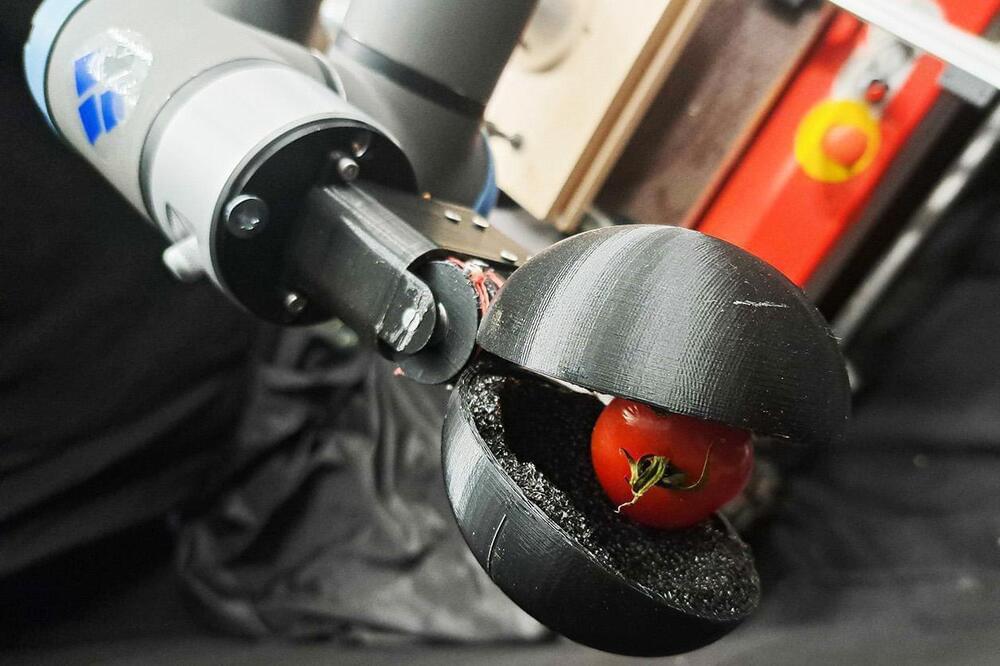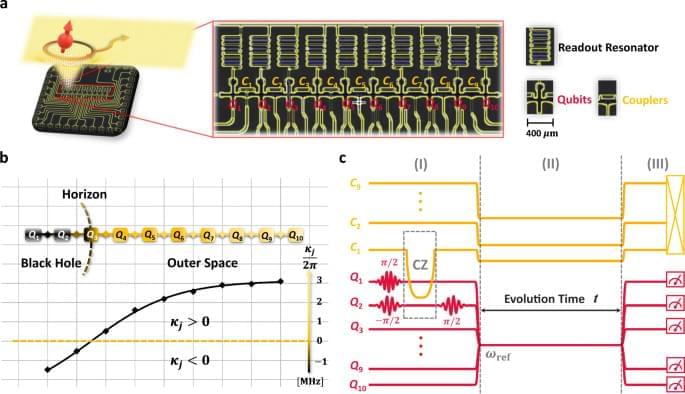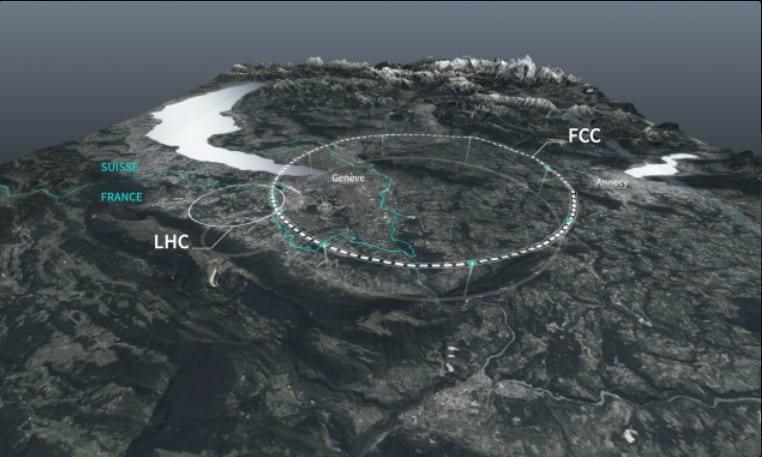A polymorphic defense and a hyperintelligence that could always adapt to rapid malware changes would be need much like sending The Vision from Ironman seemed to counter the ultron threat. Another scenario is that we could have chat gpt defensive anti-virus that could be local like we have today. The dark side to this AI still is a chaos chat gpt where it always changing not just polymorphic but changing in all ways but still an AI cyberdefense would make this threat lower.
Mutating, or polymorphic, malware can be built using the ChatGPT API at runtime to effect advanced attacks that can evade endpoint detections and response (EDR) applications.








